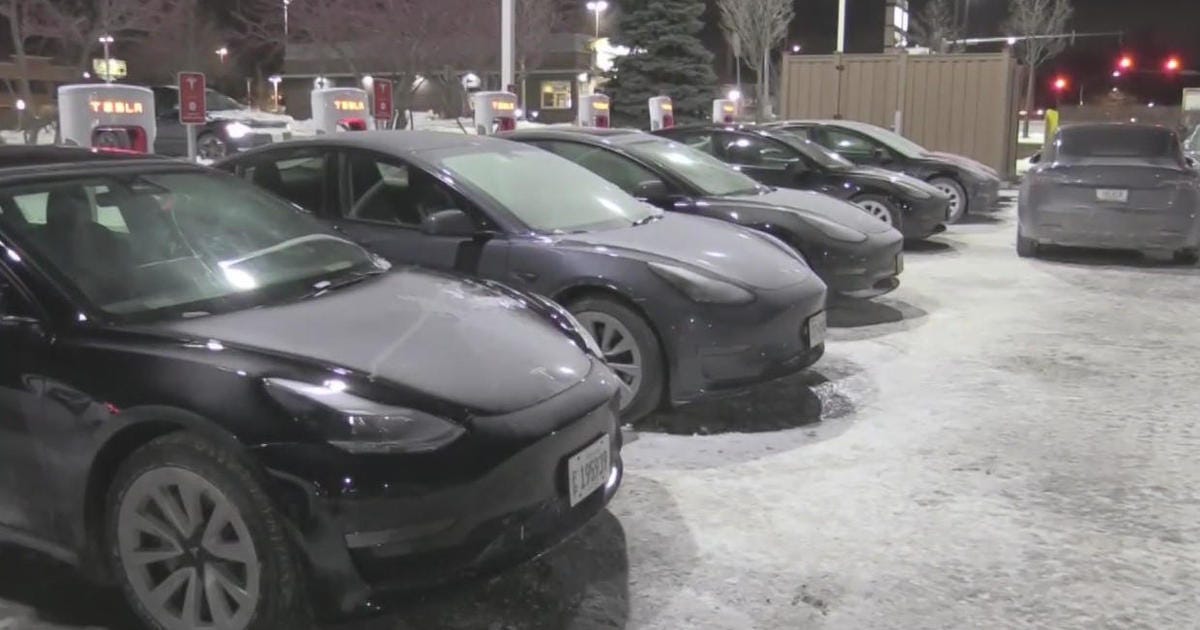EV Reality
I recently had a brief chat about the Space Shuttle, the Challenger disaster, and the concepts of risk, safety factors, and complexity from an engineering perspective. The Space Shuttle served as a useful demonstration of those concepts. To refresh your recollection, the Challenger exploded 73 seconds into its ascent because a seal in one of the solid rocket boosters (the skinny cylinders on either side of the big fuel tank) failed. That seal (an O-ring) failed because record cold the morning of the launch reduced its flexibility.
In hindsight, we learned that this cold susceptibility was known but unaddressed, and that somebody or somebodies in the chain of authority didn't "report upward" sufficiently.
Human failures aside, the sheer complexity of the Shuttle (or Space Transportation System (STS), as it was more properly known) made the risk associated with each launch a non-trivial thing. In grossly simplified terms, imagine a machine in which each of ten thousand parts has a one in a million chance of failing in a way as to cause catastrophe. That'd mean a 1 in 100 chance of a catastrophic failure each time. This doesn't guarantee the hundredth launch will blow up, or that you'll definitely get 1 in 100, or only get 1 in 100. It's a probability, like rolling dice.
Across its history, the STS had two catastrophic failures in 135 launches. If memory serves, the risk estimate was 1%. While space travel seems a lot more ho-hum than it did during Apollo, it was and continues to be a risky endeavor throughout its history.
The point of all this - and today's point? Several, actually:
No one can think of everything.
Nothing is foolproof.
No amount of analysis can substitute for reality.
Which brings me to today's topic - stories about Teslas (and presumably other EVs) underperforming in extreme cold weather.
Electric Vehicles (EVs) are nifty technology, with a lot of up-side potential. They accelerate like gangbusters. They are simpler, and thus theoretically easier to maintain. They are quiet. The presence of a giant onboard battery opens up a myriad of possibilities. I'd consider getting one, some day, as a second car.
But, they are "not ready for prime time." Real world problems like what was just experienced in Chicago's recent cold snap aren't fully understood or vetted, because no amount of analysis can substitute for reality. Monday morning quarterbacking aside. Not enough units have been built, not enough miles have been driven, and not enough years have elapsed.
They may also, like the compact fluorescent light bulb (CFL) was to LEDs, be a bridge technology to hydrogen fuel cell cars (or something else).
None of this would or should concern us in a collective manner if EVs were simply introduced by automakers into a level-playing-field market. Early adopters would bear the cost of developmental experience, consumers would have their say, and the tech would evolve at its own pace.
That's not what's happening. Various market distortions such as tax credits, regulatory pressures, government bullying, ESG initiatives, “green” fantasies, and more have pressed EVs onto the public. That's how we get overhyped, overpromised, and underperforming products expanding beyond their natural niche and moving more quickly than they should through the product cycle.
There's an old adage: ‘you cannot push a string.’
Thing is - you can push a string. When you do, it doesn't behave as you hope. It bunches, it snarls, and whatever forward progress you get comes late, slowly, messily, and inefficiently.
Pushing EVs has worked the same way.
With an entirely predictable backlash. If you are sold a bill of goods, you're more apt to distrust and discount the actual reality, and elevate your suspicions past what would be rational and empirically supported. And, you're more apt to believe excessive hype in the opposite direction.
Many people believe that, absent government's push in the right direction, society won't progress in a good way. They don't trust either the market or their fellow humans to make good decisions, and fall prey to a "I know better" conceit that results in government-created market distortions. I know, their retort is that markets aren't perfect, and in the case of "green" things, not capable of properly accounting for important factors (the so-called externalities). This is a nirvana fallacy, as it has been demonstrated, time and time and time and time again, that bureaucrats, technocrats, and autocrats don't hold a candle to market forces in producing better products, higher living standards, and better outcomes.
The worst part of it all is the resistance to new information. Markets adapt naturally - bad products fail, good products succeed. Bureaucratic "solutions" persist, because those who put them there are loath to admit error, because those who unjustly profit from them have great incentive in perpetuating them, and because "we know better" arrogance rejects the collective wisdom of the unwashed masses.
People react very differently when offered and when forced, even for the same thing. EVs are getting a lot of bad PR these days. Some is deserved, some is not. The "not deserved" is a shame, because it creates unjust suspicion and slows the natural evolution, but that's the current reality.
The other current reality is that those who are trying to push the string will not learn the lesson.
They never do.




The problem in Chicago is not isolated to just Chicago, but anywhere it gets bitter cold and you're attempting to charge the battery outside. The fast chargers cannot condition the battery to receive a charge when the battery is that cold - indoor charging presumably doesn't have this problem, if the garage is a sufficiently warm temperature. That's the way Tesla explained it.
Anyway, to Peter's point - the early adopters are getting squeezed and government won't be there to bail them out of this problem. That they created.
The problem with the EV fiasco in Chicago is how the EVs were being driven as if they were ICE. The Superchargers were treated as "gas stations" where one would fill then drive days and return when empty. And then there was an unexplained mass outage in Chicago, some say ice in the charging connector. No where else but Chicago. But these empty Teslas could go no where else. When an EV is charged at home every night even if only 1/8th of a charge, this sort of thing doesn't happen. Night is the correctest time to charge an EV, when there is a 50% generating capacity surplus. Easy money for the utility. Up to 250kW per EV instantaneous demand during daytime hours at fast DC chargers is the worst time for the utility. As for cold weather power EV power consumption, ICE has same problem just not as much. The EV uses power heating the battery to keep it healthy. EV heat is not "free" as with ICE.